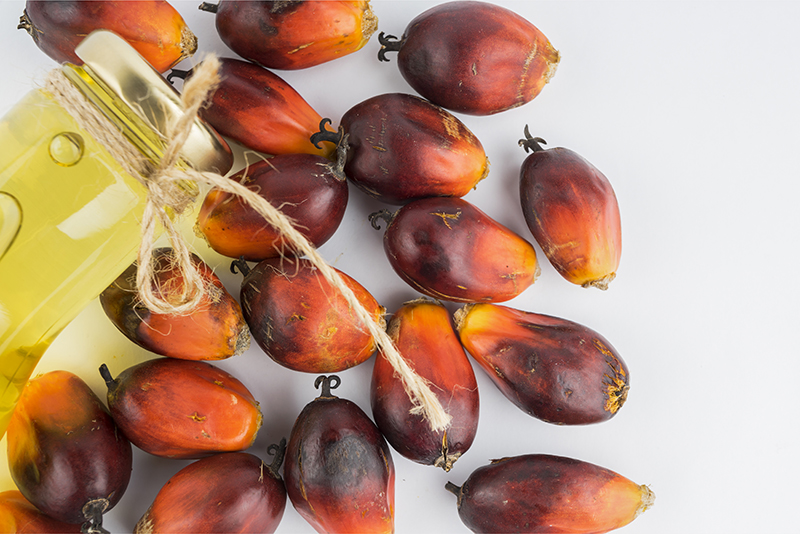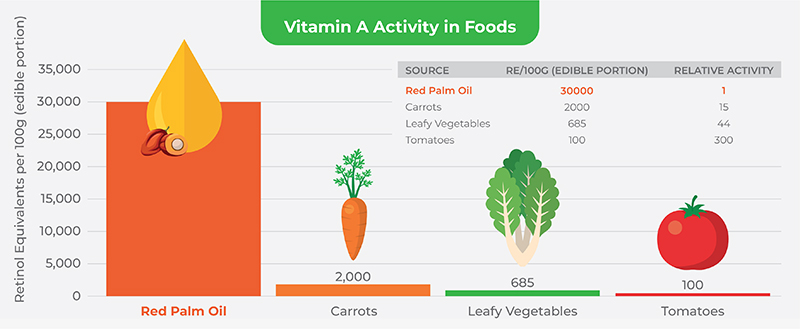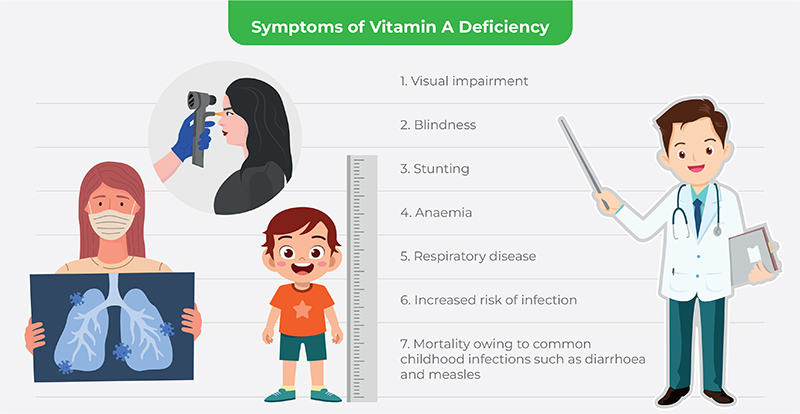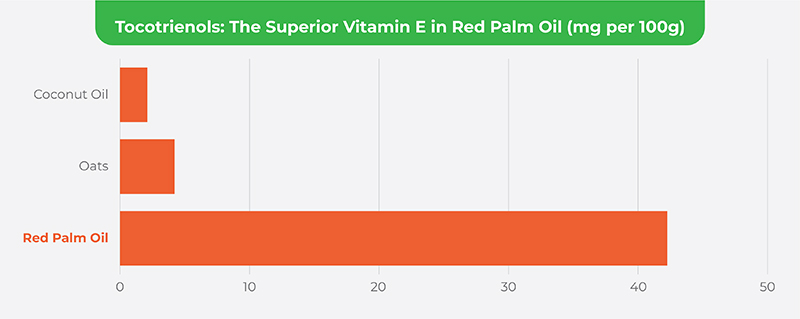Frequently Asked Questions (FAQ)
Your go-to guide for understanding the palm oil industry and gaining insights into nutrition and health, sustainability, environmental impact, and industry practices.


RED Palm Oil is packed with carotenoids, which the body converts into vitamin A, an essential nutrient. Just two teaspoons (10 ml) daily can fulfil your recommended daily intake of 600 micrograms of retinol equivalent. Consuming this nutrient helps to combat vitamin A deficiency that may cause blindness, growth delays, and greater susceptibility to infections.

Carotenoids Powerhouse: Red Palm Oil is a leading source of provitamin A carotenoids among everyday foods, containing 600-750 parts per million (ppm). It also has the highest vitamin A activity (30,000 retinol equivalent (RE)), making it extremely effective for conversion into active vitamin A by the body. This is 15 times more than in carrots (2,000 RE), 44 times more than in leafy vegetables (685 RE), and 300x more than in tomatoes (100 RE).


Tocotrienols, a unique and potent form of vitamin E, are abundant in Red Palm Oil. These compounds are 40–60 times more effective as antioxidants than tocopherols (the common form of vitamin E). They boost immunity and play a role in preventing chronic illnesses and maintaining overall health. Additionally, Red Palm Oil offers other beneficial nutrients like Squalene, Coenzyme Q10, and plant sterols.

Tocotrienol Levels in Red Palm Oil: A comparative look at how Red Palm Oil surpasses other sources like oats and coconut oil.







